Innovations in Packaging Specifications: Sustainability and Smart Packaging
Baraka • November 13, 2024
Innovations in Packaging Specifications: Sustainability and Smart Packaging
Introduction
In recent years, the conversation around packaging has evolved significantly. With increasing awareness about environmental issues, sustainability has taken center stage, influencing how products are packaged. But what does this mean for businesses and consumers alike? Let’s dive into the innovations that are reshaping packaging specifications, focusing on sustainability and smart technologies.
The Growing Importance of Sustainable Packaging
Sustainable packaging refers to materials and practices that minimize environmental impact throughout the product's lifecycle. As consumers become more eco-conscious, brands are feeling the pressure to adopt sustainable practices. This shift is not just a trend; it's a necessity for survival in a competitive marketplace.
What is Smart Packaging?
On the other hand, smart packaging leverages technology to enhance the functionality of traditional packaging. This can include features that monitor freshness, provide information about product conditions, or even engage consumers through interactive elements. Together, sustainable and smart packaging innovations are revolutionizing how products reach consumers.
The Shift Towards Sustainability in Packaging
The move towards sustainable packaging is fueled by a combination of consumer demand, regulatory pressures, and corporate responsibility.
Understanding Sustainable Packaging
Sustainable packaging is designed to be environmentally friendly, using materials that are renewable, recyclable, or biodegradable. This approach not only reduces waste but also conserves resources.
Benefits of Sustainable Packaging
Adopting sustainable packaging offers numerous benefits:
- Environmental Impact: Reduces landfill waste and pollution.
- Cost Savings: Efficient use of materials can lower production costs.
- Brand Loyalty: Consumers prefer brands that demonstrate environmental responsibility.
Key Materials Used in Sustainable Packaging
Common materials include:
- Recycled Paperboard: Lightweight and easily recyclable.
- Bioplastics: Made from renewable resources like corn starch.
- Mushroom-Based Materials: Biodegradable alternatives to styrofoam.
Innovative Sustainable Packaging Solutions
The industry is witnessing a surge in innovative solutions aimed at reducing environmental footprints.
Biodegradable and Compostable Materials
These materials break down naturally without leaving harmful residues. They offer an eco-friendly alternative to traditional plastics, making them ideal for food packaging.
Recyclable Packaging Options
Recyclable materials such as glass, aluminum, and certain plastics can be processed into new products, significantly reducing waste.

Plant-Based Plastics and Their Impact
Plant-based plastics (bioplastics) are derived from renewable biomass sources. They provide similar functionality to conventional plastics but with a lower carbon footprint.
Edible Packaging: A Novel Approach
Imagine packaging that you can eat! Edible packaging made from seaweed or starch not only eliminates waste but also adds an exciting element to the consumer experience.
The Role of Technology in Smart Packaging
As we embrace sustainability, technology plays a crucial role in enhancing packaging functionality.
What is Smart Packaging?
Smart packaging incorporates sensors or indicators that provide real-time information about the product's condition. This technology ensures products remain safe and fresh throughout their lifecycle.
Types of Smart Packaging Technologies
Active Packaging
Active packaging interacts with the product to extend its shelf life by absorbing oxygen or releasing preservatives.
Intelligent Packaging
Intelligent packaging uses sensors to provide data about temperature, humidity, or freshness levels, helping consumers make informed choices.
Benefits of Smart Packaging
Smart packaging offers several advantages that benefit both businesses and consumers.
Enhancing Product Safety and Freshness
By monitoring conditions within the package, businesses can ensure products maintain their quality until they reach the consumer.
Improving Supply Chain Efficiency
Smart technologies streamline logistics by providing real-time data on inventory levels and product conditions, reducing waste during transportation.
Engaging Consumers through Interactivity
Interactive elements such as QR codes allow consumers to access additional product information or promotions, creating a more engaging experience.
Case Studies: Successful Implementation of Sustainable and Smart Packaging
Let’s look at some real-world examples where these innovations have made a significant impact.
Example 1: Food Industry Innovations
Companies like FoodCraft have embraced plant-based packaging solutions for their organic products, ensuring both sustainability and consumer safety while enhancing brand loyalty through eco-friendly practices.
Example 2: Cosmetic Industry Adaptations
Brands like Lush are using biodegradable glitter and recycled materials for their cosmetic packaging, aligning with consumer demands for sustainability while maintaining product integrity.
Challenges in Implementing Sustainable and Smart Packaging
Despite the benefits, there are challenges businesses face when transitioning to these innovative solutions.
Cost Implications for Businesses
Investing in sustainable materials or smart technologies often requires upfront costs that may deter smaller companies from making the switch.
Consumer Awareness and Acceptance
While many consumers support sustainable practices, there remains a gap in understanding what constitutes truly eco-friendly options. Educating consumers about these innovations is crucial for widespread adoption.
Future Trends in Packaging Innovations
Looking ahead, we can expect several exciting trends that will shape the future of packaging.
The Rise of Circular Economy Practices
Circular economy principles aim to keep resources in use for as long as possible. This means designing products with their end-of-life in mind—encouraging reuse or recycling rather than disposal.
Integration of AI and IoT in Smart Packaging
The integration of artificial intelligence (AI) and the Internet of Things (IoT) will further enhance smart packaging capabilities. Imagine packages that can communicate with your smartphone to provide updates on freshness or suggest recipes based on contents!
Conclusion
In conclusion, innovations in packaging specifications focusing on sustainability and smart technologies are not just beneficial—they're essential for the future. As consumers demand more environmentally responsible options, brands must adapt by embracing these changes. By doing so, they not only enhance their market position but also contribute positively to our planet's health.
What are the main benefits of sustainable packaging?
Sustainable packaging reduces environmental impact, lowers costs through efficient resource use, and builds brand loyalty among eco-conscious consumers.
How does smart packaging enhance product safety?
Smart packaging monitors conditions such as temperature and humidity to ensure products remain safe and fresh until they reach consumers.
What materials are commonly used in biodegradable packaging?
Common materials include bioplastics made from renewable sources like corn starch or sugarcane, as well as compostable paper products.
How can businesses transition to sustainable packaging solutions?
Businesses can start by assessing their current materials, researching sustainable alternatives, collaborating with suppliers focused on eco-friendly practices, and educating consumers about their choices.
What role does technology play in the future of packaging?
Technology will continue to drive innovations such as smart sensors for monitoring product conditions and AI integration for optimizing supply chain processes.



